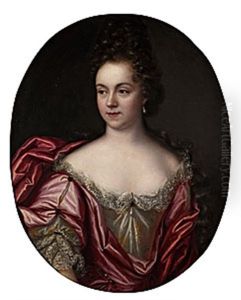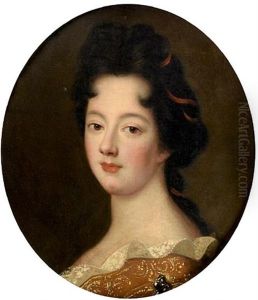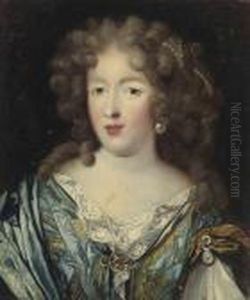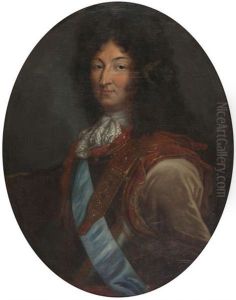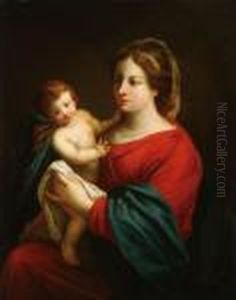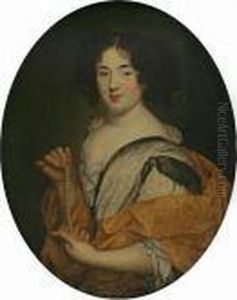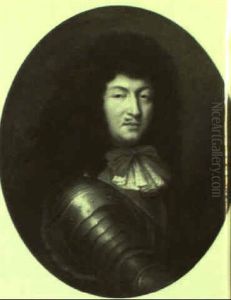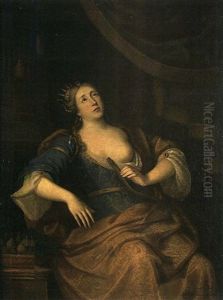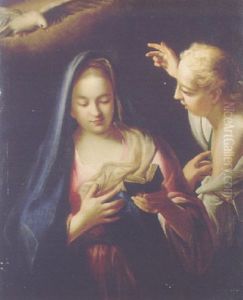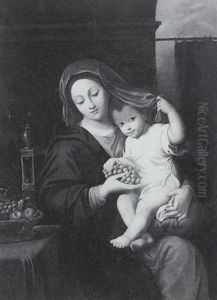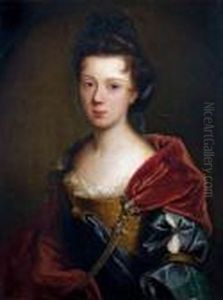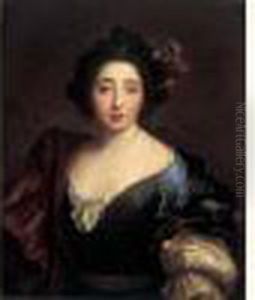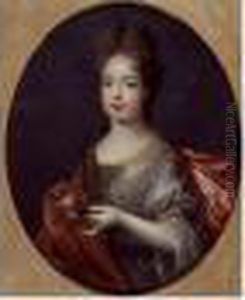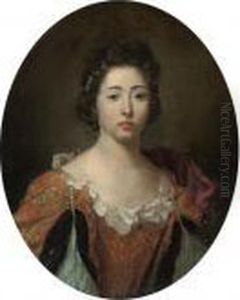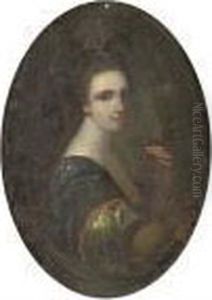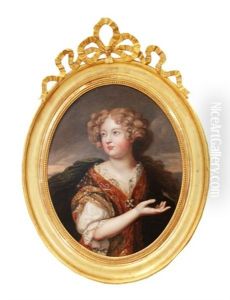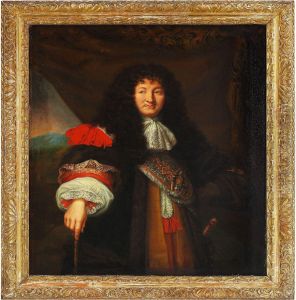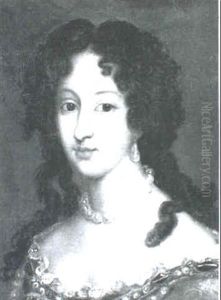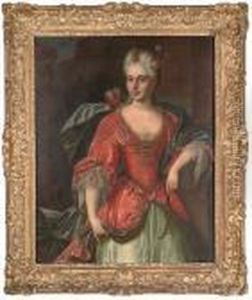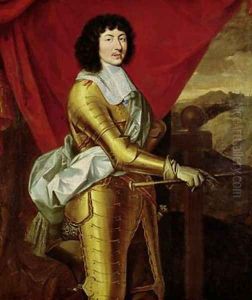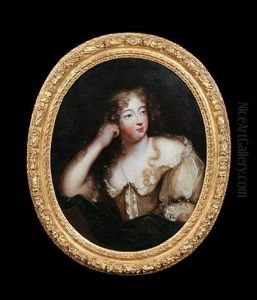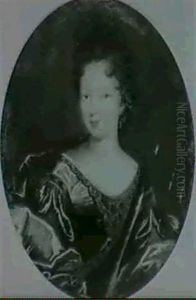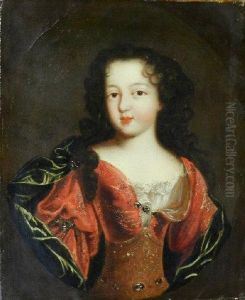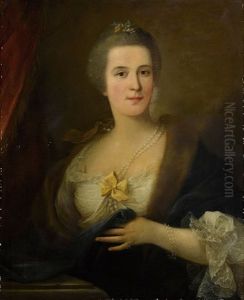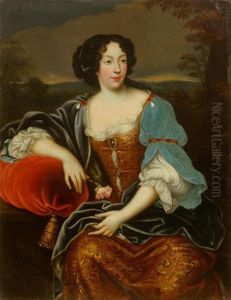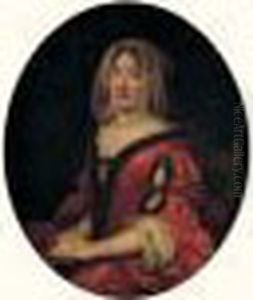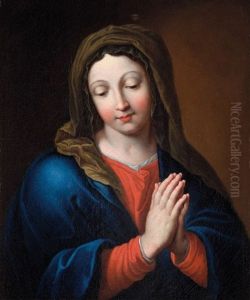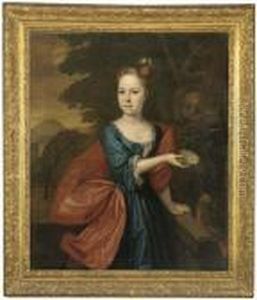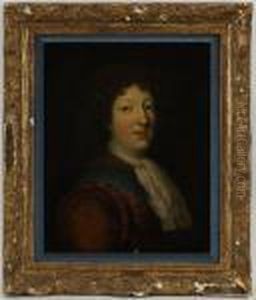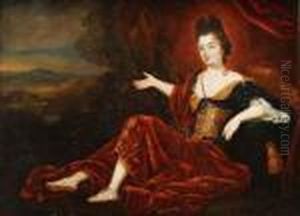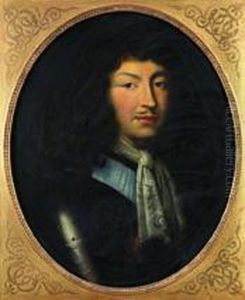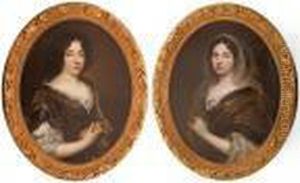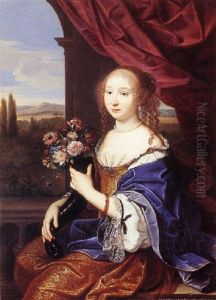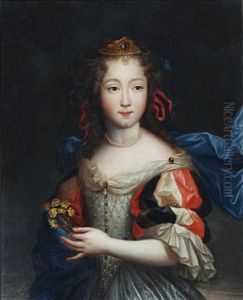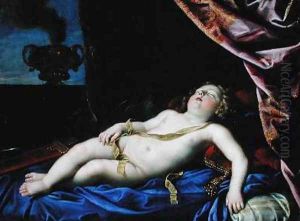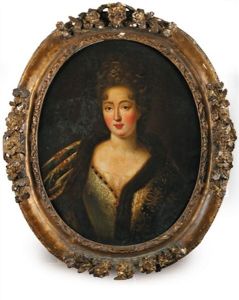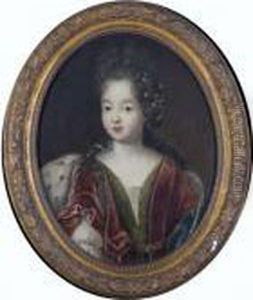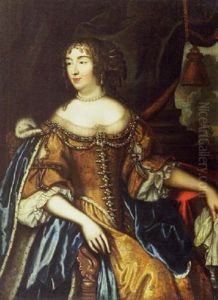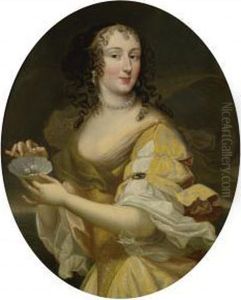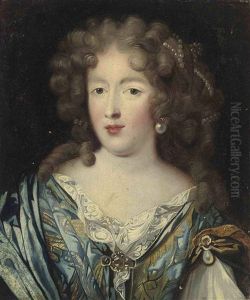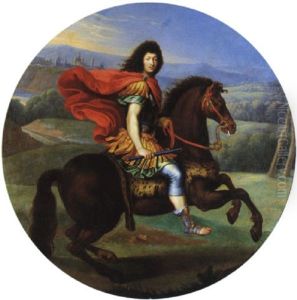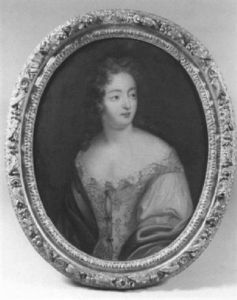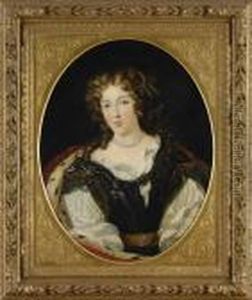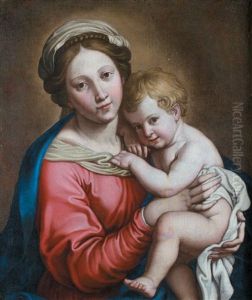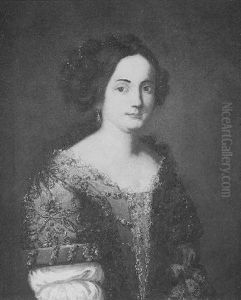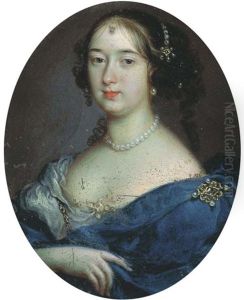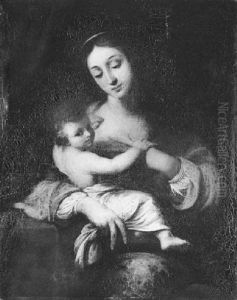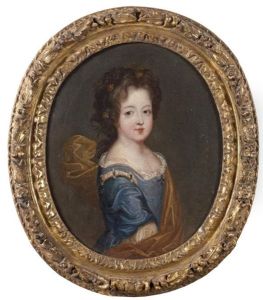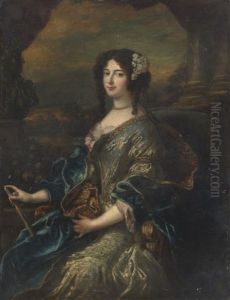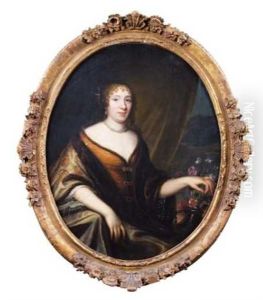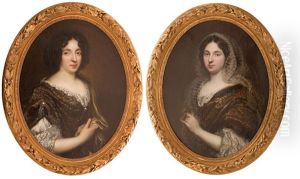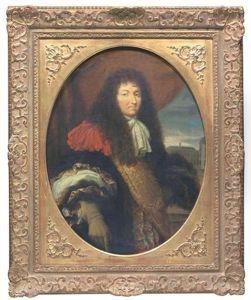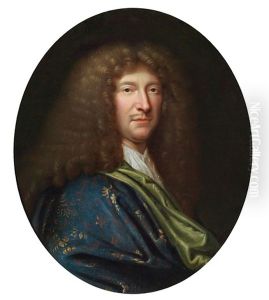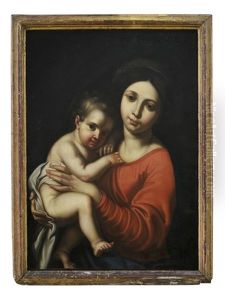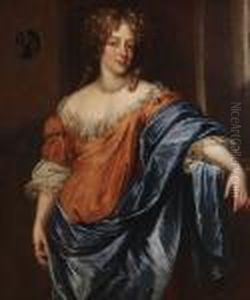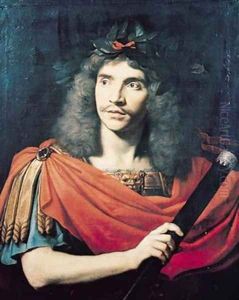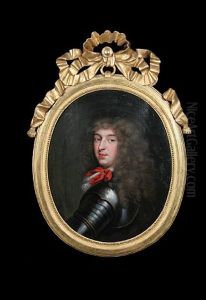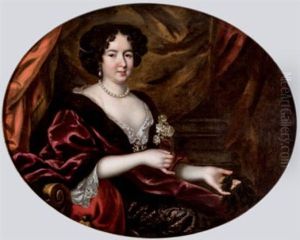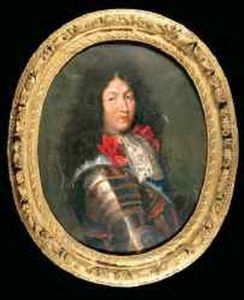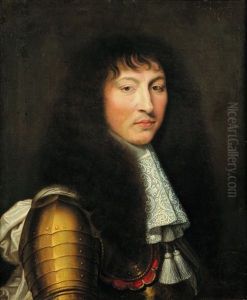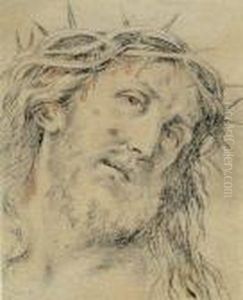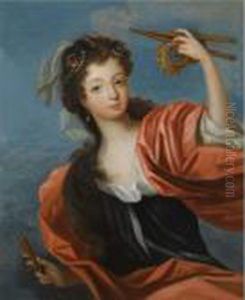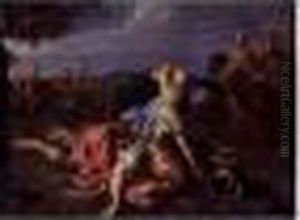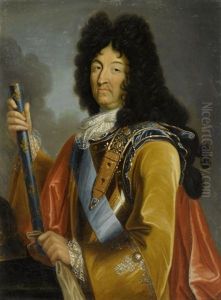Pierre Mignard Paintings
Pierre Mignard was a prominent French painter during the 17th century, known for his elegant portraits and historical and mythological scenes. He was born on November 7, 1612, in Troyes, Champagne, France, into a family of artists. Mignard studied painting under Jean Boucher in Bourges and later joined the studio of Simon Vouet in Paris. His talent was evident early on, and he quickly established himself as a painter of repute.
Mignard moved to Rome in 1636, where he was influenced by the works of Raphael and the Carracci family. He became a member of the Accademia di San Luca, the prestigious academy of artists in Rome, and his work gained the admiration of Pope Urban VIII. During his time in Italy, Mignard was known as 'Mignard le Romain' to distinguish him from his brother, Nicolas Mignard. His stay in Italy lasted for 22 years, during which he painted many religious works, portraits, and frescoes, including the ceiling of the church of the Val-de-Grâce in Paris.
Upon his return to France, Mignard was patronized by the French court and became a favorite of Queen Anne of Austria and her son, King Louis XIV. He was appointed First Painter to the King after the death of Charles Le Brun, the leading French painter of the time. Mignard's portraits of the king and the royal family were highly praised for their elegance and detail.
In addition to his royal commissions, Mignard was sought after by the French aristocracy and intellectuals. He painted portraits of famous figures such as Molière, Madame de Sévigné, and Cardinal Richelieu. His style was characterized by smooth brushwork, refined color palettes, and a keen eye for capturing the grace and dignity of his subjects.
Mignard was also involved in the administrative side of the arts. He played a significant role in the reorganization of the Royal Academy of Painting and Sculpture and served as its director. His influence extended to the next generation of artists through his position at the academy and his own workshop.
Pierre Mignard passed away on May 30, 1695, in Paris. His legacy includes not only his numerous portraits and decorative works but also his impact on the French Academy and the standards of artistic excellence in France. His work remains an essential part of the canon of French classical painting.
